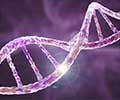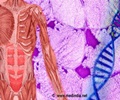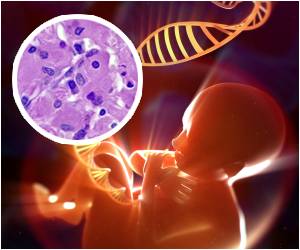Arrhythmia is a lethal problem with the rate or rhythm of the heartbeat, causing it to go too fast, too slow or to beat irregularly. Research links a gene mutation to arrhythmia.

The biologic and genetic mechanisms controlling the formation and function of the CCS are not well understood, but new research with mice shows that altered function of a gene called Tbx3 interferes with the development of the CCS and causes lethal arrhythmias.
In a study published in the Dec. 26, 2011, Proceedings of the National Academy of Sciences early edition, researchers led by the University of Utah showed the CCS is extremely sensitive to levels of Tbx3. Mouse embryos with Tbx3 levels below a critical threshold suffered arrhythmia and couldn't survive. As the levels of Tbx3 were increased, mice survived to birth, but as adults they developed arrhythmias or had sudden death.
Tbx3 dysfunction merits further investigation as a cause of acquired and spontaneous arrhythmias, says Anne M. Moon, M.D., Ph.D., adjunct professor of pediatrics at the U of U School of Medicine and corresponding author on the study. "The cardiac conduction system is very sensitive to Tbx3," Moon says. "Tbx3 is required for the conduction system to develop, mature, and then continue to function properly."
The Tbx3 protein, which is a transcription factor encoded by the TBX3 gene, has been linked to heart development, but its role is not yet clearly defined. Moon and her colleagues, including first author Deborah U. Frank, M.D., Ph.D., U assistant professor of pediatrics, found that slight alterations in the structure of the Tbx3 gene alter the level of the protein in mice. When this happens, it can impair the electrical signal in the sinoatrial node and block the atrioventricular node, which conducts electrical signals from the atria to the ventricles. The result is lethal arrhythmias in embryonic and adult mice.
This discovery has implications for the potential to regenerate functional heart tissue, according to Moon. "There's a big effort to regenerate heart muscle," she says. "But if the muscle can't conduct electrical signals, it's not going to do any good; we also need to be able to regenerate conduction tissues to regulate that muscle."
Advertisement
In her future research, Moon wants to discover specifically how Tbx3 regulates the behavior of cells in the cardiac conduction system and whether cells that don't have enough Tbx3 die or turn into some other kind of cells.
Advertisement
Source-Eurekalert












